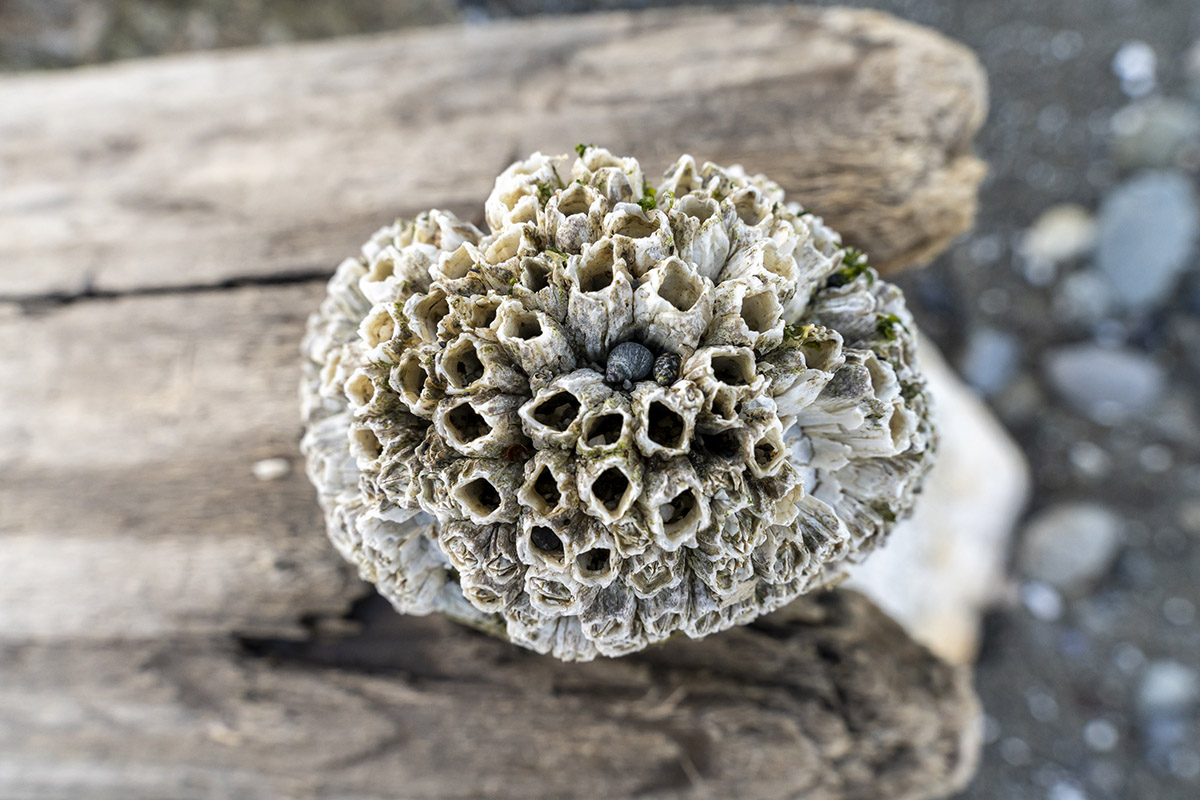Nature’s Close-Up
Kenna Klosterman takes a more intimate look at the world around her with her Tamron lens suite.
Share the article:
More Photo Tips | Video Gallery | Photo Gallery | Enewsletter sign-up
By Jenn Gidman
Images by Kenna Klosterman
Whether she’s taking pictures of monks and monasteries in Bhutan, capturing the spirit of Bali, or exploring close to home in the Pacific Northwest, Kenna Klosterman dives deep into storytelling mode on each destination’s landscapes, street scenes, and residents. But Kenna sometimes switches gears for a more intimate perspective, shooting close-up photos that allow her to show off intricate details in the natural world around us.
“As a travel photographer, I’m always taking pictures like this—they just don’t always make it into the highlight reel,” Kenna says. “It’s a meditative experience for me, experiencing the awe and wonder of the great outdoors. And the beauty of this type of macro-style photography is that anyone can do it. The images you see here were mostly all captured close to home on Washington’s Whidbey Island.”
To help her wrangle these natural elements into works of art, Kenna uses a trio of Tamron lenses: the SP 24-70mm F/2.8 Di VC USD G2 zoom, as well as the 28-75mm F/2.8 Di III VXD G2 zoom and 18-300mm Di III-A VC VXD ultra-telephoto for her Sony mirrorless camera system. “The 24-70mm lens has long been my go-to lens for travel photography, as well as for close-up work like this,” she says. “The 28-75mm for my mirrorless camera, however, offers me a similar range, but it’s lighter (just 19 ounces) and more compact, which is perfect for a daylong hike in the woods.”
By zooming in to 75mm and shooting wide open at F2.8 for the image shown here of the fern leaf, Kenna was able to create a dreamy artistic bokeh in the background. “This lens gives my photos such a painterly look,” she says. “As for the 18-300mm ultra-telephoto, I recently used that for a video project I was working on and was so impressed with its incredible range and, again, its light weight, at just 21.9 ounces. This lens features a maximum magnification ratio of 1:2, which makes it perfect for macro work, and with the crop factor, it offers an equivalent reach of 450mm. The Vibration Compensation (VC) technology on all of these lenses is also invaluable when I’m shooting handheld.”
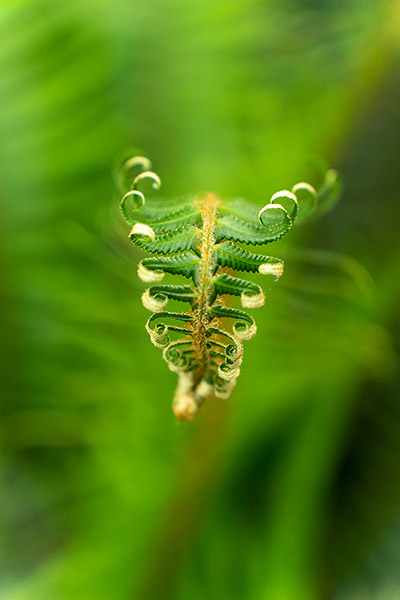
28-75mm (75mm), F2.8, 1/500 sec., ISO 2000
Click image to view larger
KENNA’S QUICK TIPS
Explore the nuances of nature.
No matter what my subject is, I’m always searching in those little nooks and crannies for elements that I’m naturally attracted to, like colors and textures. I’m constantly asking myself: What’s appealing about this subject, and how can I compose the shot to make it most appealing to the viewer?
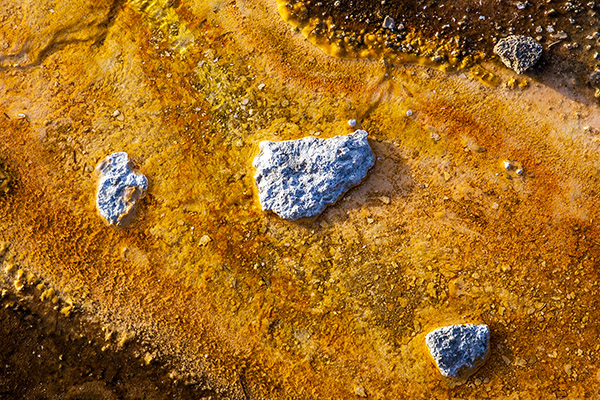
24-70mm (67mm), F11, 1/100 sec., ISO 100
Click image to view larger
I love stumbling upon patterns, shapes, and symmetry. In the photo of the barnacle cluster, you can see the shell of what looks like a snail in the middle, featuring its Fibonacci-like spiral. I also loved the swirl of the evergreen shrub, whose leaves almost looked to me like they were forming a yin-yang symbol. I underexposed that a little to create a mood with darker shadows. Or sometimes it’s something as subtle as a reflection or a shimmer that catches my eye. For instance, the glistening surface of the rocks surrounding that mussel you see here, which I spotted at low tide along the shore.
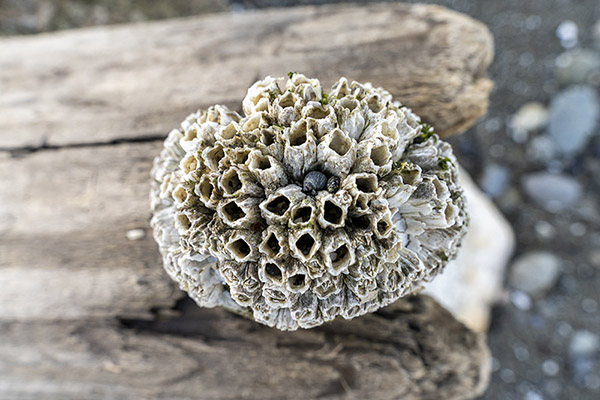
28-75mm (28mm), F8, 1/160 sec., ISO 1600
Click image to view larger
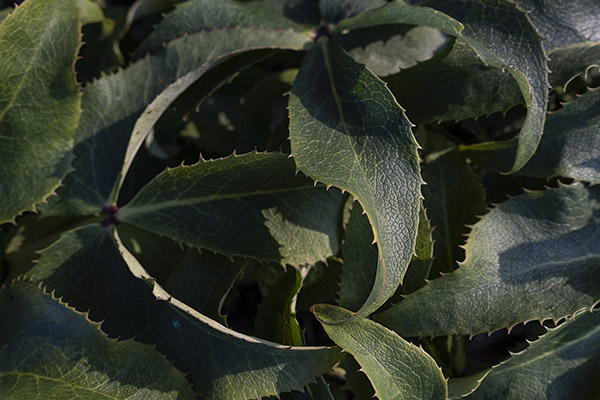
28-75mm (29mm), F8, 1/320 sec., ISO 400
Click image to view larger
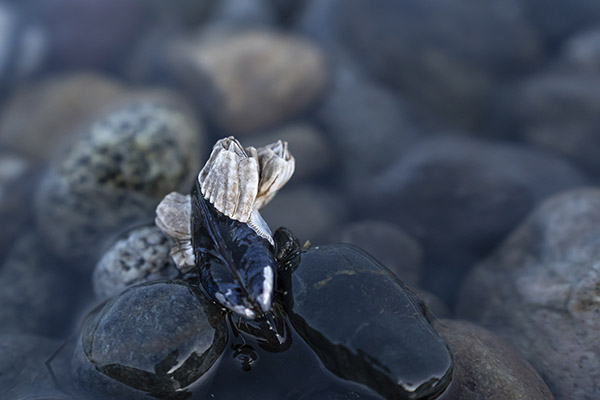
28-75mm (68mm), F3.5, 1/200 sec., ISO 1600
Click image to view larger
Get down low.
This is especially important with close-up photography, where even a slight shift in perspective can create a dramatically different image. I was pushing my 28-75mm F2.8 G2 lens as close as I could get to those previous three subjects. With a minimum object distance (MOD) of 7.1 inches at the 28mm wide end, and 15 inches at the 75mm end, as well as a maximum magnification ratio of 1:2.7, I’m able to get super-close to my subjects and create beautiful macro-style images.
Isolate your subject, but include the environment.
This adds depth and context to your images. I hung around a couple of extra days in Sedona during a recent Tamron Pro Summit in Arizona and headed out to take some photos among the red rocks, including this image of a dried-out yucca plant. This photo is interesting because I shot it with the 18-300mm zoomed in to 150mm, so it’s a little different than getting physically closer with a wider-angle lens. I was shooting in crop sensor mode on my full-frame camera, so I was shooting at the equivalent of 225mm.
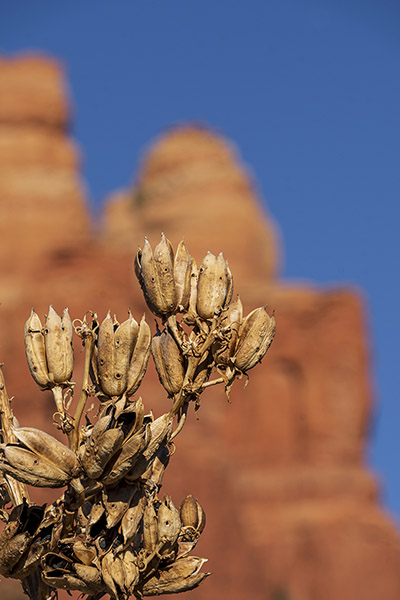
18-300mm (150mm), F11, 1/200 sec., ISO 100
Click image to view larger
By standing at more of a distance from the yucca plant and using using a longer focal length, I was able to compress the red rocks in the background and create that shallow depth-of-field. I could’ve just positioned the yucca plant against that brilliant blue sky, but I liked having the rocks in there, too. They helped create multiple layers in this image to make it a standout.
To see more of Kenna Klosterman’s work, check out her website and Instagram.
Is your Tamron News subscription up to date? Click to subscribe to all editions of Tamron News featuring how-to tips, new product news, contest announcements and inspiration!
More Photo Tips | Watch Videos | Learn More About Tamron Lenses | Photo Gallery
